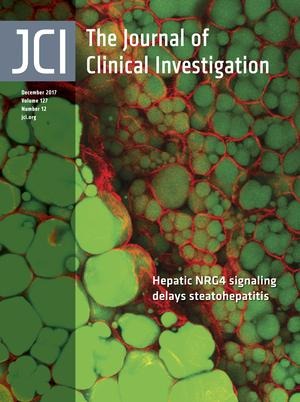The maintenance of metabolic homeostasis depends on proper programming of nutrient and energy metabolism in tissues. Adult tissues are highly specialized in their metabolic functions, yet at the same time exhibit a remarkable degree of plasticity. By dissecting the molecular and genetic underpinnings of metabolic programming, we gain insights into how energy metabolism is specified during tissue development, how nutrient signaling impinges on key metabolic pathways, and how altered nutrient and energy metabolism leads to obesity, type 2 diabetes, and fatty liver disease.
We have discovered epigenetic mechanisms mediated by chromatin-remodeling complexes that drive the formation and function of oxidative and glycolytic muscle. We have expanded the regulatory code beyond protein factors and revealed long non-coding RNAs (lncRNAs) in the control of brown and beige adipocyte differentiation and metabolism. We have gained insights into the mechanisms that govern circadian control of metabolic rhythms.




